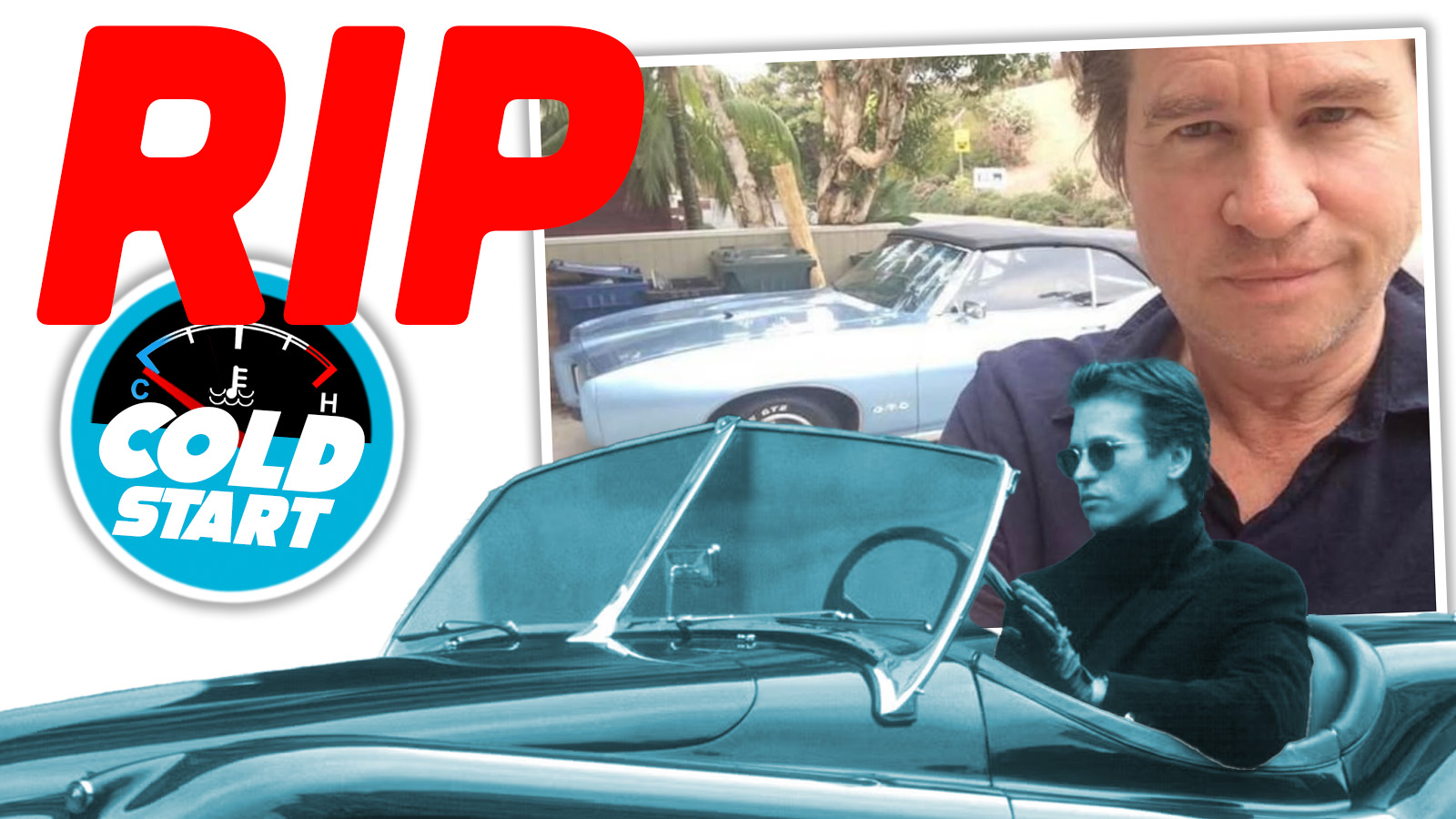You know how we mentioned that this Sunday there will be a massive car show at, let’s see, Galpin Ford, 15505 Roscoe Blvd, North Hills, CA 91343, comprising multiple huge city blocks and so very very many cars it’ll make your automotive-appreciation glands pulsate and throb? Sure you do, what are you, some filthy animal? Of course you know. Well, we’ve been doing some planning about the show, and in one meeting, I was told about a car that signed up and was “awful.” Awful? Now I’m interested. They were trying to figure out where to put it, nobody wanted it in their section. Well, nobody but me.
You see, the car they described was a car that, to me at least, is somewhat legendary: it’s the Boonie Bug.
The Boonie Bug was a car that only existed as plans designed by Robert Q. Riley and shown in an article published in the March 1974 issue of Popular Mechanics. Well, it existed as that, and it existed in reality when determined people in backyards ordered plans, laid fiberglass, and stuck everything atop a shortened VW Type 2 bus chassis.

Look at that thing! The chassis was shortened by 16.5″ to improve the off-roadability and to prevent it from high-centering on rocks. The design is one of the few cars I can think of that has what is pretty close to an outboard-engine design, with the air-cooled, upright-fan VW flat-four engine parked out back behind the main bodywork, covered with a little hinged lid.
I also think the way that center-hinged floor cover both made a flat, sleep-able floor and enclosed a large cargo area is a pretty damn clever solution.
Sure, the Boonie Bug was admittedly strange looking, but awful? I don’t think so! I think it has a strange angular appeal, a sort of forward-raked madness that reminds me of ’60s-era show rods and other vehicles heavily influenced by the concepts and teachings of advanced bonkersism. It sure as hell wasn’t influenced by the concepts of aerodynamics, at least not as we understand them here on Earth.

Which reminds me, the Boonie Bug did find some success off Earth, at least if you believe works of fiction like the movie Total Recall, which used at least one Boonie Bug as one of the cars in the Martian settlement:

Huh, I also just noticed in that picture that there are Jacks in the Box on Mars; who knew?
Really, the Boonie Bug was a shortened bus with a steel-hoop-reinforced body made of a foam/fiberglass composite. Interestingly, this sort of composite was being considered for the body of the famous DeLorean before the decision was made to use stainless steel, and to evaluate this option, John DeLorean sent an engineer to check out a Boonie Bug to see how it held up. From ol’ Robbie Q:
It also served as a test bed for the automotive application of foam/fiberglass composite, explained in detail in the document on this site entitled One-Off Construction Using Fiberglass Over Urethane Foam. Because it had already experienced 60,000 miles of pounding on and off US roadways, the system had proven itself. John Delorean, who was considering a foam/fiberglass sandwich composite for his Delorean sports car, sent one of his engineers out to check for delamination. Engineers had been concerned that, due to the vibrations and twisting typical of an automotive application, the fiberglass skin might delaminate from the foam. No delamination was found, even after going through three winters in Ohio wherein the doors became iced over and frozen shut due to freezing temperatures. This real-world experience also cleared the way for the series of specially designed vehicles that were to follow. There is simply no other cost-effective way to build a vehicle body from scratch.
I’m not sure if anyone is really aware of how many Boonie Bugs were actually built; I’ve seen pictures of a number of them (including one that appears to retain the full original length of the donor VW Bus) and I’m sure no one is aware of how many still exist to this day. It can’t be many, but if you want to see one of these remarkable DIY beasts in person, we’ll have one at the Autopian section of the Galpin Car Show.

The era where you could build a highly customized vehicle in your backyard that you could then easily register and drive like a normal car is sadly gone. These were backyard projects, based on widely available and cheap wrecked Volkswagen mechanical parts, and not requiring any terribly specialized skills; just a general handiness and a good amount of willingness to put in a bit of work.
Growing up, it seemed like every neighborhood had at least one guy putting some fiberglass body on an old VW pan in a backyard. And these guys would then go out and drive their projects, all over the place, funny fiberglass cars with jigsaw’d wooden dashboards and lots of wood screws holding on trim, very much hardware-store grade projects, and I loved them all.
I’ll be proud to host this awful car in our section, and I can’t wait to see it in person.




i own a xcion xb, kissing cousin to this rig. i have owned many beetle, even built one meyers manx back in the day. i like the looks of the brubaker box.